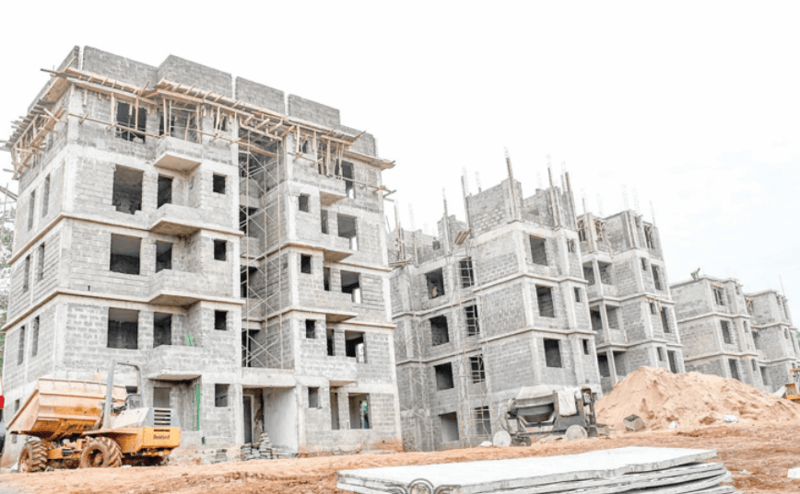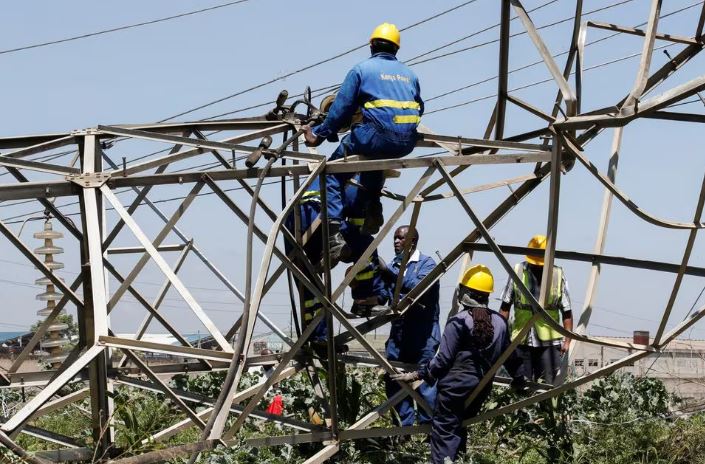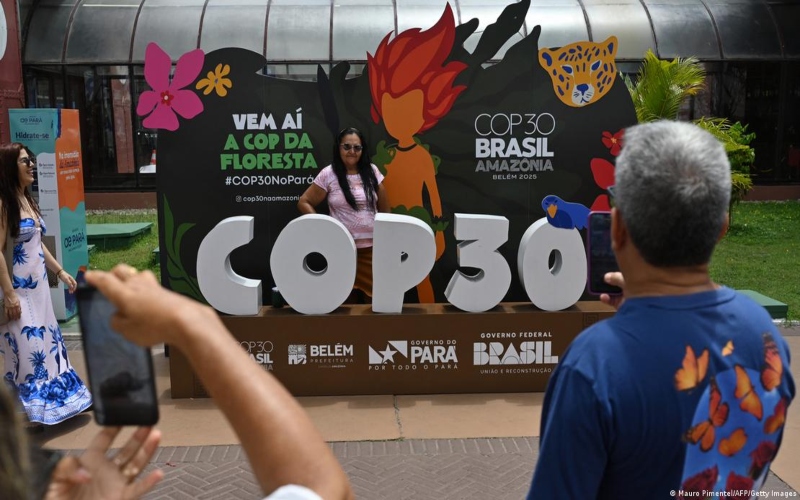Construction dust, delayed care and deadly myths: Pneumonia’s silent assault on Kenyan men
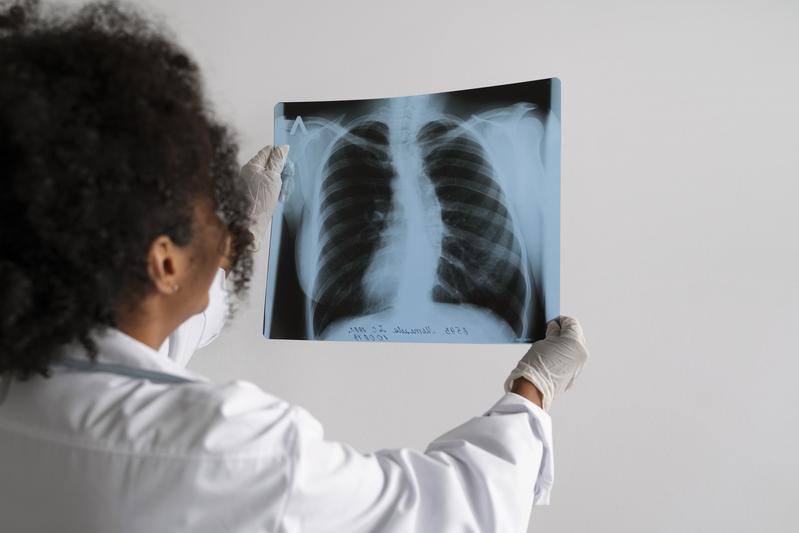
Pneumonia risk factors common among men include smoking, alcohol use, chronic illnesses like diabetes, and a tendency to delay seeking medical care.
James Wabwire, a construction worker, firmly believes that pneumonia is caused solely by exposure to cold weather. As a result, he has made it a personal routine to wear a sweater every morning, especially during the early hours when temperatures are low.
For Wabwire, this practice is a safeguard—his way of protecting himself from falling ill. He often keeps the sweater on until the midday sun becomes intense and wearing it becomes physically uncomfortable.
More To Read
- Tuberculosis cases fall for first time since pandemic- WHO
- Viral infections linked to higher risk of heart attacks and strokes
- Jaramogi Oginga Odinga Referral Hospital performs first lung removal surgery
- Lancet study confirms mesothelioma risk from asbestos exposure
- Up to 1 in 5 lung cancer patients non-smokers: study
- Turkana County, Amref launch final phase of HIV, TB and reproductive care project
“As long as I wear my sweater in the morning, I’m safe from pneumonia. It’s the cold that causes it—nothing else,” he says confidently.
Beyond the cold, however, Wabwire is largely unaware of other causes of pneumonia, such as exposure to dust, airborne pathogens, or poor air quality—all of which are common in construction environments. According to him, staying warm is enough, and he does not associate his dusty work conditions—often involving cutting, drilling, or demolishing concrete and stone—with any health risks.
This belief reflects a common misconception among outdoor workers, where felt cold is seen as the main health threat, while invisible dangers like fine dust particles and airborne bacteria are underestimated or ignored. As a result, Wabwire, like many others, may not take critical protective measures—such as wearing a dust mask or respirator—despite being in an environment that poses a significant risk for respiratory infections and long-term lung damage.
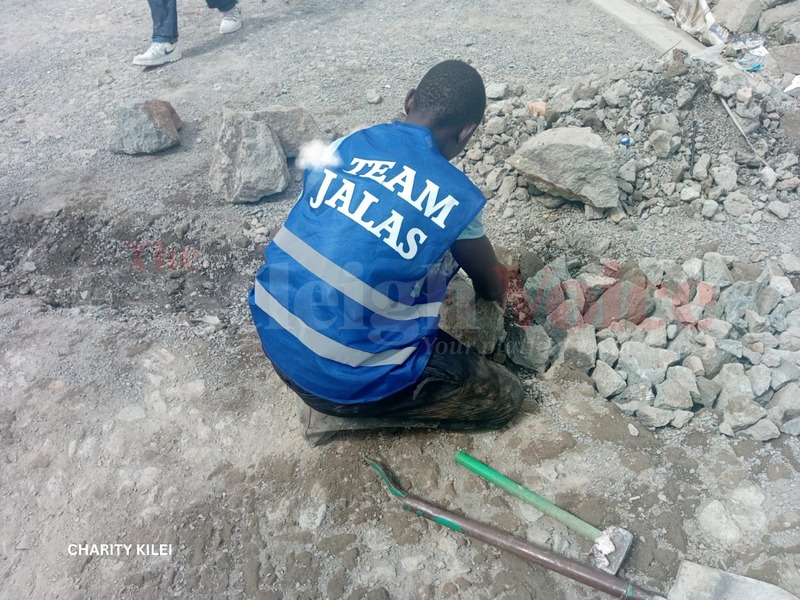 James Wabwire repairing a road in Eastleigh, Nairobi. (Photo: Charity Kilei)
James Wabwire repairing a road in Eastleigh, Nairobi. (Photo: Charity Kilei)
Stephen Ndambuki, a boda boda rider, firmly believes that pneumonia is caused by the common cold. Because of this, he takes the illness seriously, at least in the way he understands it. While Ndambuki admits that he doesn't like going to the hospital, he has developed his ways of managing what he believes are the risks.
To protect himself, he makes a point of dressing warmly, especially during the early morning and late evening rides. In the evenings, he often drinks hot soup, which he believes helps keep his chest warm and wards off sickness.
"Pneumonia comes from the cold, so I try to keep warm and take warm things. I don’t like hospitals, but I do what I can," he explains.
Although he occasionally suffers from persistent coughs, Ndambuki has never taken the time to seek medical attention or find out what the underlying cause might be. For him, as long as he's staying warm and avoiding the cold, he feels he's done enough to stay healthy.
His experience reflects a widespread belief among informal workers that visible or felt cold is the primary cause of respiratory illness, while other risks—such as prolonged exposure to dust, exhaust fumes, and untreated infections—are often overlooked. Like many others in physically demanding and outdoor occupations, Ndambuki may be unknowingly ignoring early signs of more serious respiratory conditions, mistaking them for minor or seasonal discomforts.
Pneumonia
Pneumonia remains the leading cause of death among men in Kenya, according to the latest Kenya Vital Statistics Report released by the Kenya National Bureau of Statistics in 2024.
The report shows that 5,244 men died from pneumonia in 2024, a slight decrease from 5,404 deaths recorded in 2023. Despite the small drop, pneumonia continues to pose a significant and persistent health threat to men, far more than many other common illnesses.
This disproportionate impact is attributed to a mix of biological and acquired risk factors. Men tend to be more biologically vulnerable to severe respiratory infections due to differences in immune response. The risk is further worsened by lifestyle habits such as smoking and alcohol use, as well as occupational exposures, with many men working in environments like construction, transport, and mining, where they are regularly exposed to dust, fumes, and poor air quality.
Another critical factor is that many men delay seeking medical attention, often ignoring early symptoms of respiratory illness. By the time they seek treatment, the condition may have worsened, leading to complications or chronic health outcomes that could have been avoided with earlier care.
The report underscores the need for targeted awareness campaigns, better workplace protections, and early screening programs to reduce pneumonia-related deaths, especially among men in high-risk groups.
Certainly! Here's the entire content rewritten fully in prose, flowing as a cohesive narrative while incorporating all key elements: Esther Mwaura's professional insights and the causes, types, symptoms, and risks of pneumonia, especially in men.
Esther Mwaura, a medical practitioner based in Nairobi, has observed a worrying trend in her daily clinical work—men are disproportionately affected by pneumonia, often with severe or advanced cases by the time they seek medical help.
Mwaura frequently diagnoses men with chronic obstructive pulmonary disease (COPD), a condition that she says is commonly linked to repeated or untreated respiratory infections, including pneumonia, compared to women.
COPD is a progressive lung disease that makes breathing difficult due to chronic inflammation and damage to the lung airways and tissue. It develops slowly over time, often unnoticed, and is aggravated by risk factors like smoking, long-term exposure to dust or fumes, and occupational hazards—all of which are common in male-dominated industries such as construction, transportation, metalwork, and quarrying.
Mwaura explains that pneumonia is an infection of the lungs in which the air sacs (alveoli) become inflamed and fill with fluid or pus, making it difficult for oxygen to enter the bloodstream.
Types of pneumonia
Bacterial pneumonia is most commonly caused by Streptococcus pneumoniae. It presents with a sudden high fever, chills, chest pain, productive cough, and difficulty breathing. Though treatable with antibiotics, bacterial pneumonia can be serious, especially in individuals with underlying conditions or those who delay treatment.
Viral pneumonia, caused by viruses such as influenza or respiratory syncytial virus, tends to develop more gradually. It often starts with symptoms similar to a common cold—such as dry cough, fever, fatigue, and body aches—but can escalate to breathing difficulties, especially in people with weakened immune systems.
Fungal pneumonia, though less common, affects people with chronic illnesses or compromised immunity. It is usually caused by inhaling fungal spores from the environment, such as soil or bird droppings, and can be difficult to diagnose without laboratory tests.
Aspiration pneumonia occurs when food, liquids, vomit, or even saliva are accidentally inhaled into the lungs. This type is more likely to affect people with swallowing difficulties, unconsciousness, or certain neurological conditions.
Mwaura outlines a range of symptoms that people should be aware of. These include persistent coughing (sometimes with mucus ), shortness of breath, especially during physical activity, wheezing, chest tightness or heaviness, frequent respiratory infections, unexplained fatigue, and weight loss. She warns that if someone has a cough lasting more than two weeks, it’s a red flag that warrants medical evaluation.
 Men working at a construction site in Eastleigh, Nairobi. (Photo: Charity Kilei)
Men working at a construction site in Eastleigh, Nairobi. (Photo: Charity Kilei)
“It’s not uncommon for men to first attempt over-the-counter remedies or home-based solutions before eventually visiting a hospital when the condition becomes unbearable.”
If pneumonia is not treated early, it can lead to serious and potentially fatal complications. These include sepsis, acute respiratory distress syndrome, organ failure, and bacteremia, where the infection enters the bloodstream. Mwaura emphasises that these outcomes are far more common in patients who delay treatment or self-medicate without understanding the root cause of their symptoms.
“By understanding the true causes and risks of pneumonia, and by abandoning harmful assumptions that it is simply caused by cold weather or minor infections, more lives can be saved.”
A 2022 systematic review of over 15,000 construction workers globally found strong links between high-dust tasks—such as masonry, concrete cutting, tunnelling, sandblasting, and stone crushing—and serious lung diseases, particularly silicosis and mixed dust pneumoconiosis. Silicosis accounted for 38 per cent of the cases, while 41 per cent were attributed to mixed dust exposure from silica, cement, and mineral fragments.
The review showed that over 90 per cent of the affected workers were men, highlighting the gendered nature of dust-intensive construction roles. Men are more likely to operate heavy machinery, perform demolition, and engage in grinding or excavation tasks that generate high levels of respirable dust. In many low- and middle-income countries, including those in Africa, such workers often lack essential protective gear like respirators, increasing their long-term exposure.
Other pneumonia risk factors common among men include smoking, alcohol use, chronic illnesses like diabetes, and a tendency to delay seeking medical care. These factors weaken lung health or immune response, compounding the risks faced by men in physically demanding and polluted environments.
Top Stories Today


